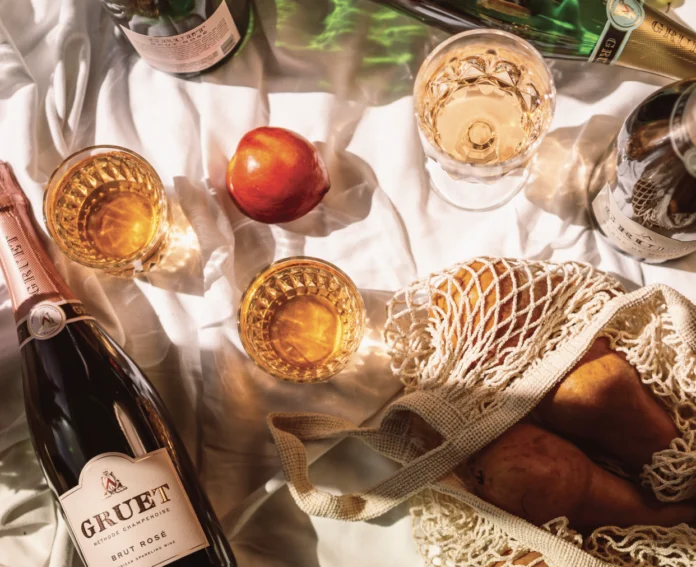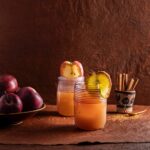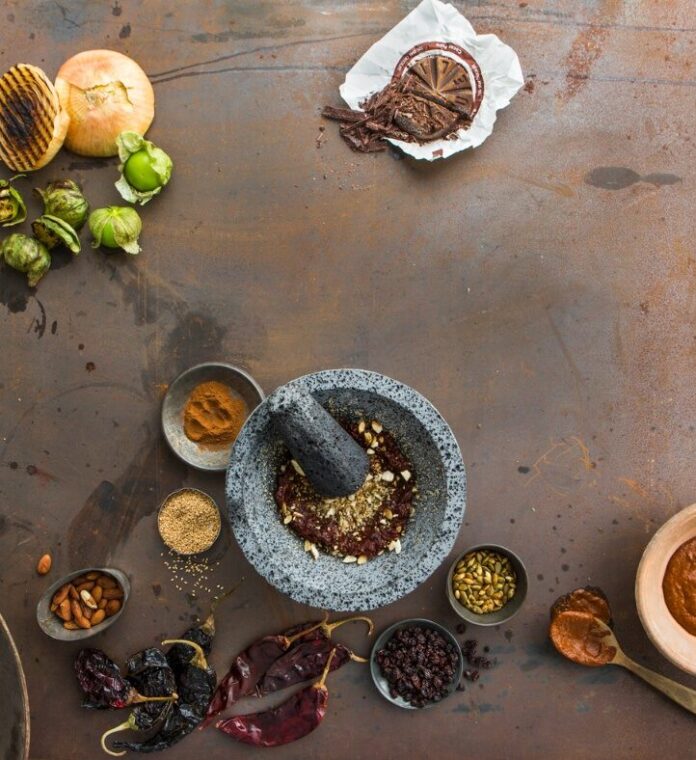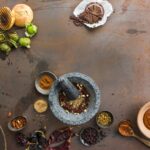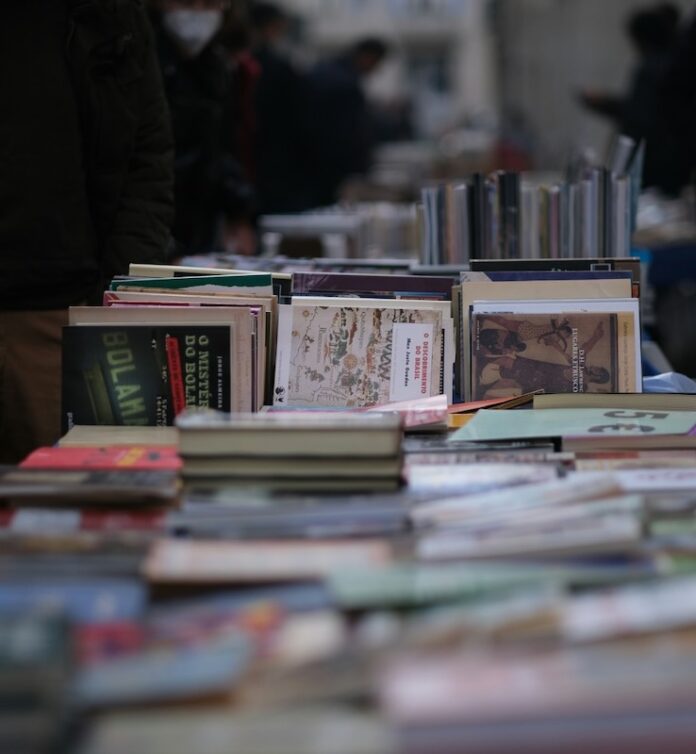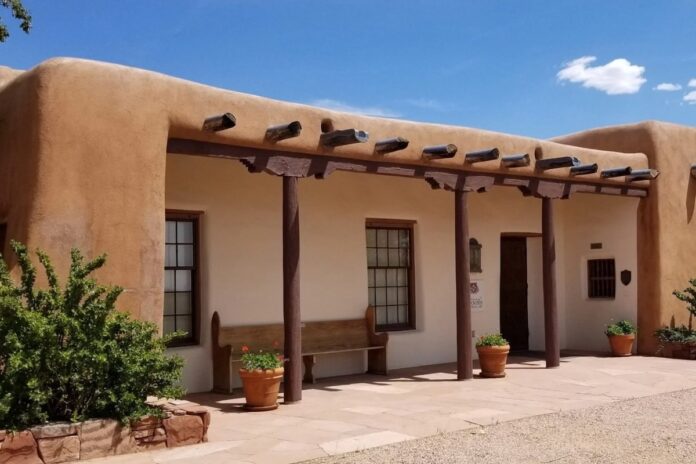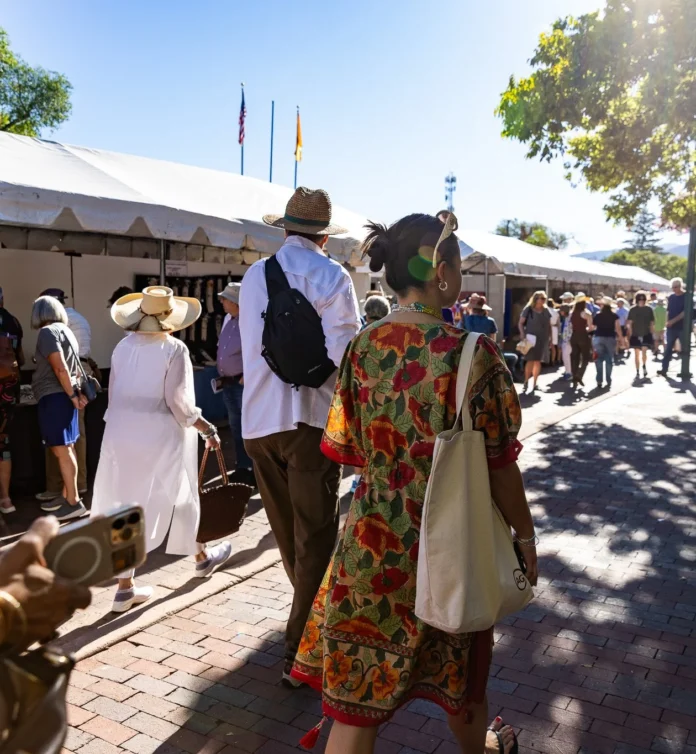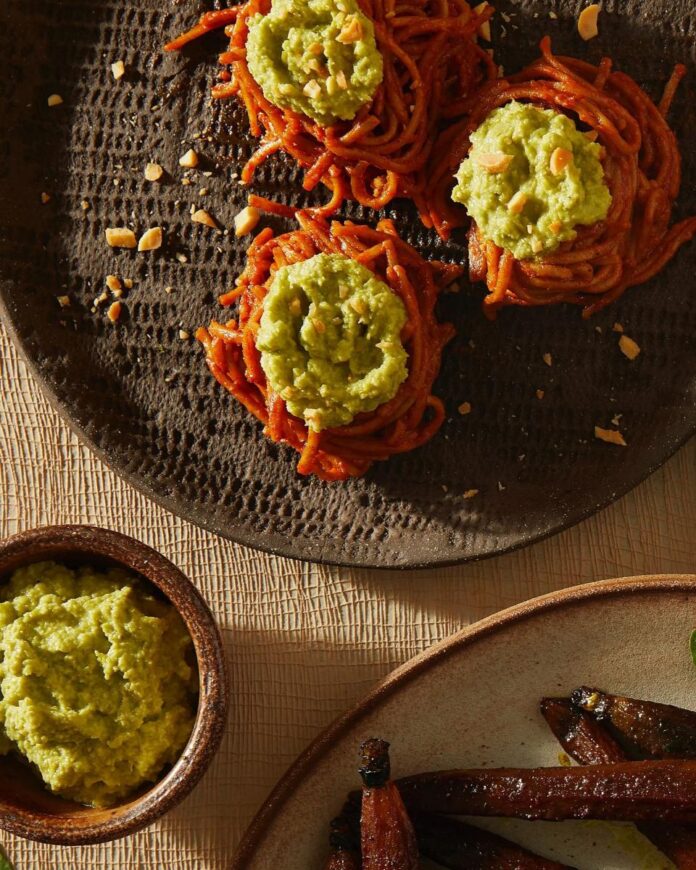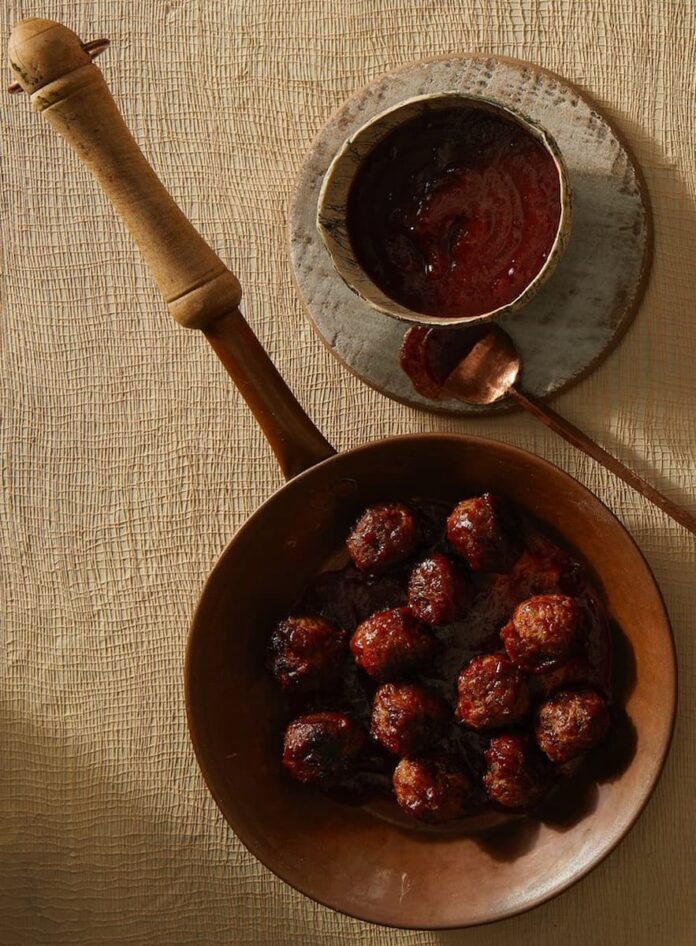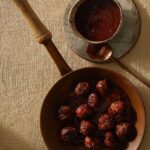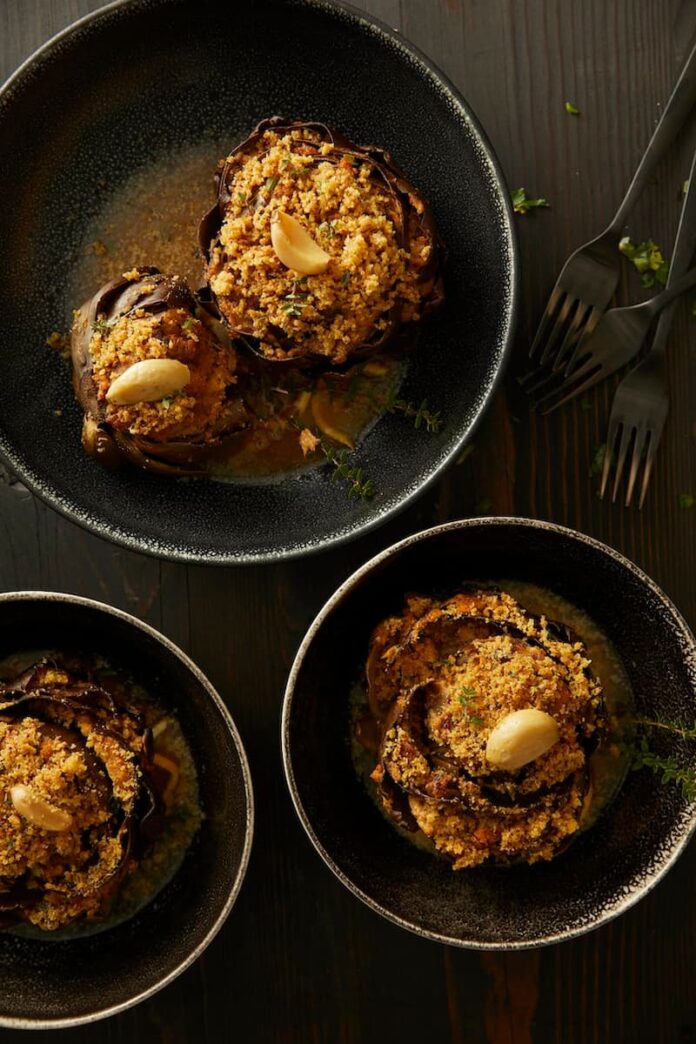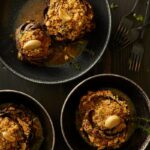When we remember to be tourists in our own hometown, we see it with new eyes. Through the lens of the City Different’s four major summer festivals— Santa Fe International Literary Festival, International Folk Art Market, Traditional Spanish Market, and the Indian Market—Mara Harris suggests some ways to dig deep into the many centuries of history and culture that make the City Different, and the region around it, so unusually rich. Focusing on the literary lens, readers can explore the writers, stories, and landmarks that give Santa Fe its unique cultural character.
“The moment I saw the brilliant, proud morning shine high up over the deserts of Santa Fe, something stood still in my soul. . . . ” —D.H. Lawrence
Literary Lovers Find Solace in Santa Fe’s Festivals and Shops
Santa Fe and northern New Mexico are famous as destinations for artists, but they have also drawn writers attracted to the landscape, climate, and culture. Poet Witter Bynner and his lifelong companion, Robert Hunt, hosted frequent gatherings at their East Side estate. Guests included Ansel Adams, Willa Cather, Aldous Huxley, D.H. Lawrence, Edna St. Vincent Millay, Georgia O’Keeffe, Igor Stravinsky, Carl Van Vechten, and many others. Writers such as Rudolfo Anaya, Evan S. Connell, Tony Hillerman, George R.R. Martin, Cormac McCarthy, John Nichols, and Sam Shepard have all called northern New Mexico home.
The downtown branch of the Santa Fe Public Library was originally a courthouse built in 1937. Later, it became City Hall, housing city administration, the city council, and fire and police departments. In 1987, more than 1,100 volunteers moved 20,000 books from the Fray Chávez Library across Washington Avenue. The building, designed by celebrated architect John Gaw Meem, features a Southwest Reading Room with carved vigas, parquet floors, and library tables—a sanctuary for reading and studying. Only city residents can get a library card, but the building is open to the public, and the reading room offers a quiet respite from busy schedules.
La Fonda on the Plaza is Santa Fe’s oldest hotel, with an inn reported at the site since the 1600s. Additionally, its the only one located on the Santa Fe Plaza, the historic center of the city. It had several incarnations before the current hotel was built, a century ago this year. La Fonda has hosted countless world and U.S. leaders, as well as luminaries of film, theater, art, music, and literature. Its iconic lobby has long been called “Santa Fe’s living room.”
Many of them must remember the charming hand-painted glass panes surrounding La Plazuela, the restaurant at the heart of La Fonda. Created in the 1920s by Ernest Martinez, they add an element of local storytelling to the place. Author Willa Cather wrote Death Comes for the Archbishop while staying at La Fonda for several weeks in 1926. She wrote to Mabel Dodge Luhan in June of that year, “I’m awful glad to be back in this country.”
The charming Inn of the Turquoise Bear was the home of poet Witter Bynner and his partner, Robert Hunt, for nearly 50 years. Together, they hosted celebrity guests and locals with infamous parties and stimulating conversation.
Books and Coffee
Santa Fe is blessed with several independent bookstores staffed by knowledgeable readers. Most have a coffee shop on or near their premises. Grab a book, a cup, and settle in for a moment’s rest.
For more than 43 years, Collected Works Bookstore and Coffeehouse has provided Santa Feans with books on travel, history, art, and architecture, along with novels, poetry, and children’s books, many by New Mexico authors. The coffee shop on-site means you don’t have to go far to enjoy a books-and-coffee moment.
Tucked into the historic East Side at the corner of Garcia and Acequia Madre, Garcia Street Books offers “literary selections designed to surprise, inspire, and delight.” Next door is the popular Downtown Subscription coffee shop with its wonderful patio.
New releases, used books, and first editions crowd the literary maze of op. cit. books, where browsing is a high art and treasures abound. Nearby is a Starbucks and ample, well-lit mall seating.
Road Trip
Mabel Gansen Evans Dodge Sterne Luhan was a prominent New York arts patron who moved to Taos in 1917, and married a Taos Pueblo man, Tony Lujan. In her home, Los Gallos, she established an art colony and ongoing salon, to which she invited some of the greatest minds of the early 20th century. At her behest, Ansel Adams, Willa Cather, Marsden Hartley, Aldous Huxley, D.H. Lawrence, Georgia O’Keeffe, and many others came to Taos, entranced. Now a boutique hotel and conference center, the Mabel Dodge Luhan House is open to visitors and remains much as it was when Luhan lived there.
Invited to visit Mabel Dodge Luhan in Taos in 1922, D.H. Lawrence and his wife, Frieda, fell in love with New Mexico. On their second visit to Taos in 1924, Luhan gave Frieda what is now the 160-acre D.H. Lawrence Ranch 20 miles northwest of town, where the couple lived for a few months. Frieda returned there to live after her husband’s death in 1930, and bequeathed the ranch to the University of New Mexico upon her death in 1955 for educational, cultural, and recreational purposes.
Also visit Hotel La Fonda de Taos, on the Taos Plaza, to view their permanent exhibition, D.H. Lawrence: Forbidden Art. In addition to being one of the most notable writers of the 20th century, Lawrence dabbled in painting, including this collection of erotic paintings (tame by today’s standards, but shocking in 1927).
Reading List
Death Comes for the Archbishop, Willa Cather
Bless Me, Ultima, Rudolfo Anaya
The House at Otowi Bridge, Peggy Pond Church
The Milagro Beanfield War, John Nichols
Winter in Taos, Mabel Dodge Luhan
Blood and Thunder, Hampton Sides
The Blessing Way, one of a series of mysteries by Tony Hillerman
Santa Fe Literary Festival
To go even deeper into the world of books, take part in the inaugural Santa Fe Literary Festival every May. Plan your visit today!
Story by Mara Harris
Photography courtesy of Lennart Schneider
Subscribe to TABLE Magazine‘s print edition.
